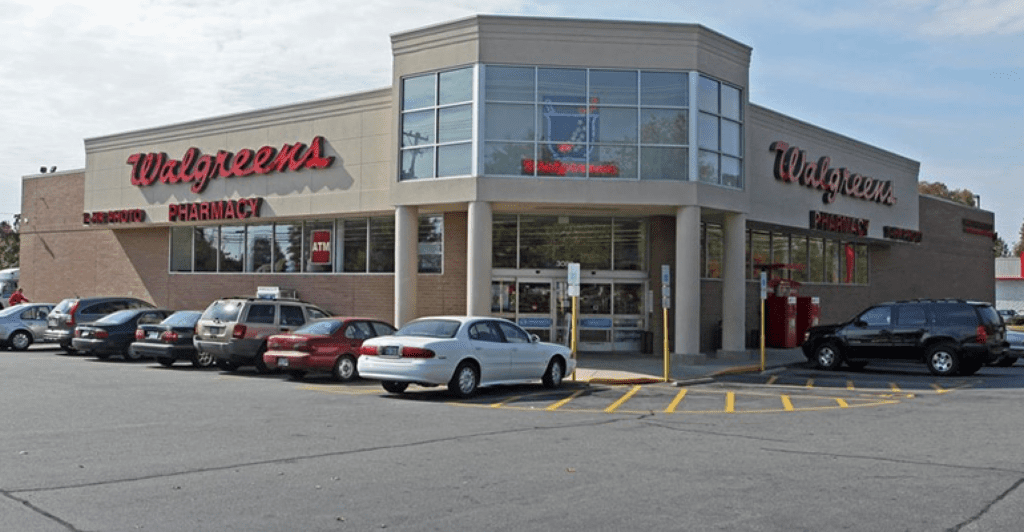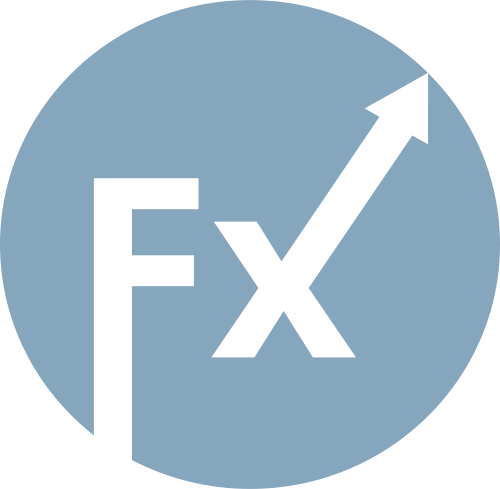Společnost Walgreens Boots Alliance, známý americký maloobchodní řetězec lékáren, se aktuálně nachází ve středu pozornosti investorů kvůli probíhajícím jednáním o možném převzetí.
Podle dostupných informací jedná Walgreens o prodeji se soukromou investiční společností Sycamore Partners, která by firmu převedla do soukromých rukou. Tato transakce by mohla být zásadním obratem pro společnost, jejíž akcie se od svého historického maxima propadly o dramatických 89 %.
Navzdory obtížnému desetiletí však akcie Walgreens (WBA) momentálně představují příležitost ke krátkodobému výnosu. Cena akcií se pohybuje okolo 10,77 USD, zatímco oznámená částka, kterou má Sycamore Partners v plánu zaplatit, činí 11,45 USD za akcii. To vytváří potenciální výnos zhruba 8 %, pokud by transakce byla skutečně dokončena. Nad rámec toho existuje i dodatečný příslib výplaty až 3 USD za akcii, který je však podmíněn prodejem některých aktiv firmy a není zaručený.
Dohoda se Sycamore Partners předpokládá, že akcionáři Walgreens obdrží 11,45 USD za akcii v hotovosti. Tato částka je tedy jistým základem, na kterém trh staví svou aktuální cenu akcie. Pokud se podaří uskutečnit i doprovodný prodej podílů v aktivitách zaměřených na primární péči – například ve společnostech Village Medical, Summit Health a CityMD – akcionáři by mohli získat až 14,45 USD na akcii, což odpovídá výnosu 36 % oproti současné tržní ceně.
Zní to atraktivně, ale není to bez rizika. Mezera mezi aktuální cenou akcie a nabízenou částkou reflektuje nejistotu, zda transakce skutečně proběhne. Akvizice této velikosti se často setkávají s regulačními, finančními nebo strategickými komplikacemi, které mohou celý proces zkomplikovat nebo úplně zastavit.

Před zveřejněním zpráv o možném převzetí se akcie Walgreens obchodovaly za 8,85 USD. Po oznámení nabídky trh zareagoval růstem, ale cena se ani zdaleka nepřiblížila plné výkupní hodnotě. To ukazuje, že investoři zatím nejsou přesvědčeni, že k transakci skutečně dojde – nebo že dojde v plném rozsahu, jaký je nyní prezentován.
Trh si lze představit jako sázkovou kancelář, kde se obchoduje podle pravděpodobnosti uzavření transakce. Současná cena odráží víru investorů, že základní část nabídky bude pravděpodobně splněna. Výplata dodatečných 3 dolarů je ale podmíněna externími faktory, jako je schopnost firmy odprodat určitá aktiva, a proto je považována spíš za hypotetický bonus, než jistotu.
Otázkou zůstává, zda je v této situaci rozumné naskočit do vlaku a doufat v zhodnocení. Základní návrh nabízí asi 8% výnos, který může být pro některé investory atraktivní – zvláště pokud se domnívají, že riziko zrušení transakce je nízké. Nicméně i to má svá úskalí. Pokud by dohoda padla, akcie by se pravděpodobně vrátily na úroveň kolem 8,85 USD, nebo ještě níže, v závislosti na tehdejším tržním sentimentu.
Navíc je nutné mít na paměti, že dodatečná výplata 3 USD za akcii není jistá a závisí na schopnosti společnosti prodat svá aktiva za požadovanou cenu. Trh s dluhopisy a aktivy v oblasti zdravotní péče je však v současnosti značně volatilní, což představuje riziko, že plánovaný odprodej nebude realizován nebo bude uzavřen za méně výhodných podmínek.
V neposlední řadě je zde i širší otázka, zda má smysl riskovat kapitál kvůli jednorázovému výnosu, pokud existují jiné akcie s dlouhodobým růstovým potenciálem, které se nyní obchodují za atraktivní ceny. V kontextu tržní nejistoty a možné recese může být výhodnější zaměřit se na kvalitní firmy s odolným byznysem než spekulovat na úspěch jedné akvizice.
Závěrem lze říci, že aktuální situace kolem akcií Walgreens skutečně nabízí krátkodobou příležitost ke zhodnocení, ale nikoli bez rizik. Rozdíl mezi současnou cenou a výkupní nabídkou reflektuje nejistotu ohledně výsledku transakce, stejně jako potenciální problémy s odprodejem aktiv.
Investoři, kteří hledají jistější a dlouhodobější příležitosti, by se možná měli poohlédnout jinde. Walgreens zůstává podnikem v restrukturalizaci, jehož budoucnost závisí na úspěšném zvládnutí změn, nejen na jednom odkupu. Pro krátkodobé spekulanty může být současná situace zajímavá, ale dlouhodobí investoři by měli velmi pečlivě zvažovat, zda riziko skutečně odpovídá potenciálnímu výnosu.

The euro rose against the U.S. dollar following reports that the United States and the European Union had reached a hard-fought agreement under which the EU will face 15% tariffs. Although the EU pushed for 10%, 15% is far from the 30% threatened by Donald Trump, which could have led to a sharp decline in the EU's GDP.
It is worth noting that the deal was concluded in less than a week before the deadline for Trump's higher tariffs to take effect. The agreement was quickly endorsed by several European leaders, including German Chancellor Friedrich Merz and Italian Prime Minister Giorgia Meloni, who called it "sustainable."
Trump and European Commission President Ursula von der Leyen announced the agreement last Sunday at his golf club in Turnberry, Scotland. However, the full details of the agreement have not yet been disclosed, and no official documents have been published. The 15% tariff rate is set to take effect on August 1. "This is the biggest deal of them all," Trump said, while von der Leyen added that it would bring stability and predictability. Still, the lack of concrete details leaves open questions regarding the scope, exemptions, and enforcement mechanisms. Experts warn that a thorough analysis of the final text will be needed to assess the real impact on various sectors of the economy.
Nonetheless, the mere fact of reaching an agreement is seen as an important step toward easing transatlantic trade tensions and creating more favorable conditions for economic cooperation. The publication of official documents is expected to clarify the agreement's specifics and allow for an assessment of its long-term consequences.
As a result of the deal, EU exports will face significantly higher tariffs than those the EU will impose on imports from the U.S. Von der Leyen stated that the goal of the agreement is to rebalance the EU's trade surplus with the U.S. However, some of the compromises included in the deal sparked discontent among certain European industrial groups. Germany's main industry lobby declared that it sends a damaging signal to the deeply interconnected economies on both sides of the Atlantic.
Von der Leyen and Trump also disagreed on some key aspects of the announced deal. Trump claimed the tariffs would apply to cars and "everything else" except pharmaceuticals and metals.
Later, at a press conference, the head of the EU's executive body stated that the 15% tariff would be comprehensive, not cumulative with sectoral tariffs, and would apply to pharmaceuticals, chips, and cars. She noted that metal tariffs would be reduced and a quota system would be introduced. "We have a 15% tariff on pharmaceuticals. Whatever decision the U.S. president makes regarding the global approach to pharmaceuticals will be made on a separate sheet of paper," von der Leyen said, adding that the overall rate should not be underestimated but that this was the best deal achievable.
The EU also agreed to purchase 750 billion dollars' worth of American energy, invest an additional 600 billion dollars in the U.S. beyond current commitments, open EU markets to U.S. trade with zero tariffs, and purchase a substantial amount of military equipment. Von der Leyen noted that decisions regarding European wines and spirits have not yet been finalized, but this issue will be resolved soon.
According to economists, without the deal, the average effective U.S. customs duty rate would rise to nearly 18% by August 1, up from the current 13.5%. The new agreement reduces this to 16%.
As previously mentioned, the deal does not apply to steel and aluminum exports from the EU, which will still face 50% tariffs. Meanwhile, aerospace products will continue to be exempt from tariffs. Officials also discussed the terms of a quota system for steel and aluminum imports, which would impose a lower import tax rate below a certain threshold and a standard 50% rate above that level.
Only time will tell what the new EU–U.S. trade agreement will bring, but for now, traders and investors have reacted positively, as reflected in currency and stock markets.
As for the current EUR/USD technical picture, buyers need to focus on reclaiming the 1.1760 level. Only then will a test of 1.1790 become feasible. From there, a move toward 1.1825 is possible, though difficult without support from major market participants. The furthest target is the 1.1860 high. If the pair drops, major buying interest is expected only around the 1.1730 level. If there is no activity there, it would be preferable to wait for a retest of the 1.1710 low or consider long positions from 1.1680.
Regarding the GBP/USD technical picture, pound buyers need to break through the nearest resistance at 1.3450. Only then will a push toward 1.3475 become possible, though breaking above that may be challenging. The ultimate target is the 1.3500 level. In case of a decline, the bears will attempt to regain control around 1.3410. A break of this range would deal a serious blow to the bulls' positions and push GBP/USD toward the 1.3380 low, with the potential to extend to 1.3350.

HIZLI BAĞLANTILAR
show error
Unable to load the requested language file: language/turkish/cookies_lang.php
date: 2025-07-29 03:35:39 IP: 216.73.216.193